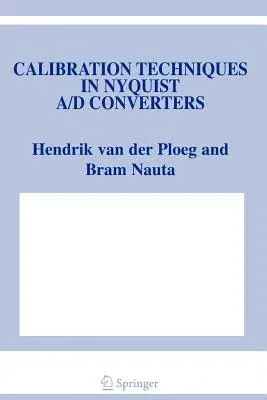Hendrik Van Der Ploeg
(Author)Calibration Techniques in Nyquist A/D ConvertersPaperback, 25 November 2010

Qty
1
Turbo
Ships in 2 - 3 days
In Stock
Free Delivery
Cash on Delivery
15 Days
Free Returns
Secure Checkout
Part of Series
The Springer International Engineering and Computer Science
Part of Series
Springer International Series in Engineering and Computer Sc
Print Length
190 pages
Language
English
Publisher
Springer
Date Published
25 Nov 2010
ISBN-10
9048171598
ISBN-13
9789048171590
Description
Product Details
Authors:
Book Format:
Paperback
Country of Origin:
NL
Date Published:
25 November 2010
Dimensions:
23.39 x
15.6 x
1.12 cm
ISBN-10:
9048171598
ISBN-13:
9789048171590
Language:
English
Location:
Dordrecht
Pages:
190
Publisher:
Series:
Weight:
299.37 gm

